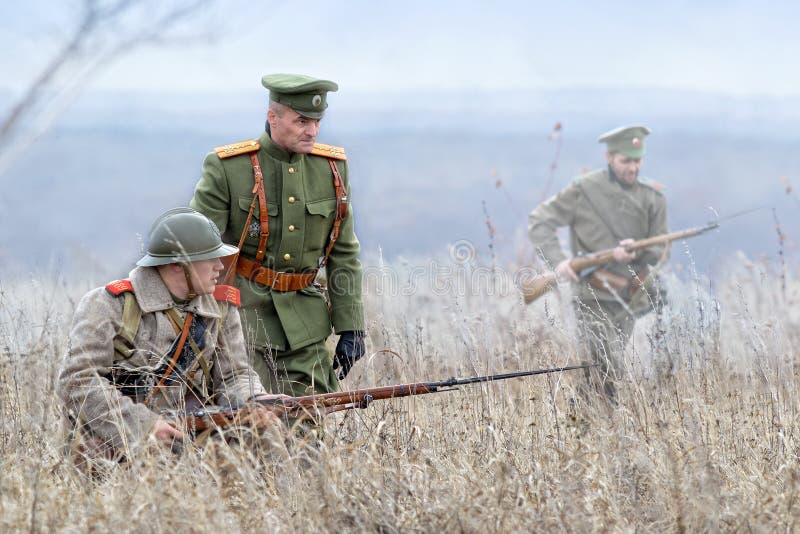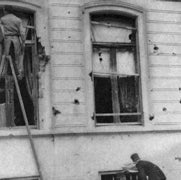
Visual artists like Otto Dix of Germany and British painters Wyndham Lewis, Paul Nash and David Bomberg used their firsthand experience as soldiers in World War I to create their art, capturing the anguish of trench warfare and exploring the themes of technology, violence and landscapes decimated by war. Published in 1915, the poem inspired the use of the poppy as a symbol of remembrance. In the latter poem, McCrae writes from the perspective of the fallen soldiers: The bloodshed on the battlefields of the Western Front, and the difficulties its soldiers had for years after the fighting had ended, inspired such works of art as “ All Quiet on the Western Front” by Erich Maria Remarque and “ In Flanders Fields” by Canadian doctor Lieutenant-Colonel John McCrae. German and French troops suffered close to a million casualties in the Battle of Verdun alone.

Particularly long and costly battles in this campaign were fought at Verdun (February-December 1916) and the Battle of the Somme (July-November 1916). Both sides dug into trenches, and the Western Front was the setting for a hellish war of attrition that would last more than three years. The defeat meant the end of German plans for a quick victory in France. The Allied troops checked the German advance and mounted a successful counterattack, driving the Germans back to the north of the Aisne River.

In the First Battle of the Marne, fought from September 6-9, 1914, French and British forces confronted the invading German army, which had by then penetrated deep into northeastern France, within 30 miles of Paris. The Germans left death and destruction in their wake as they advanced through Belgium toward France, shooting civilians and executing a Belgian priest they had accused of inciting civilian resistance. In the first battle of World War I, the Germans assaulted the heavily fortified city of Liege, using the most powerful weapons in their arsenal-enormous siege cannons-to capture the city by August 15. On August 4, 1914, German troops crossed the border into Belgium. The Western FrontĪccording to an aggressive military strategy known as the Schlieffen Plan (named for its mastermind, German Field Marshal Alfred von Schlieffen), Germany began fighting World War I on two fronts, invading France through neutral Belgium in the west and confronting Russia in the east.

Within a week, Russia, Belgium, France, Great Britain and Serbia had lined up against Austria-Hungary and Germany, and World War I had begun. On July 28, Austria-Hungary declared war on Serbia, and the tenuous peace between Europe’s great powers quickly collapsed. The Dual Monarchy of Austria-Hungary then sent an ultimatum to Serbia, with such harsh terms as to make it almost impossible to accept.Ĭonvinced that Austria-Hungary was readying for war, the Serbian government ordered the Serbian army to mobilize and appealed to Russia for assistance. On July 5, Kaiser Wilhelm secretly pledged his support, giving Austria-Hungary a so-called carte blanche, or “blank check” assurance of Germany’s backing in the case of war.

Austro-Hungarian leaders feared that a Russian intervention would involve Russia’s ally, France, and possibly Great Britain as well. Kaiser Wilhelm IIīecause mighty Russia supported Serbia, Austria-Hungary waited to declare war until its leaders received assurance from German leader Kaiser Wilhelm II that Germany would support their cause. The assassination of Franz Ferdinand set off a rapidly escalating chain of events: Austria-Hungary, like many countries around the world, blamed the Serbian government for the attack and hoped to use the incident as justification for settling the question of Serbian nationalism once and for all. Princip and other nationalists were struggling to end Austro-Hungarian rule over Bosnia and Herzegovina. The spark that ignited World War I was struck in Sarajevo, Bosnia, where Archduke Franz Ferdinand-heir to the Austro-Hungarian Empire-was shot to death along with his wife, Sophie, by the Serbian nationalist Gavrilo Princip on June 28, 1914. Tensions had been brewing throughout Europe-especially in the troubled Balkan region of southeast Europe-for years before World War I actually broke out.Ī number of alliances involving European powers, the Ottoman Empire, Russia and other parties had existed for years, but political instability in the Balkans (particularly Bosnia, Serbia and Herzegovina) threatened to destroy these agreements.


 0 kommentar(er)
0 kommentar(er)
